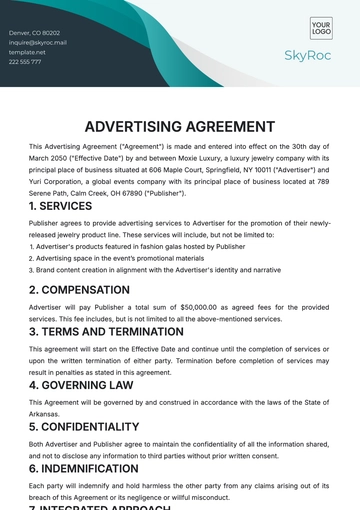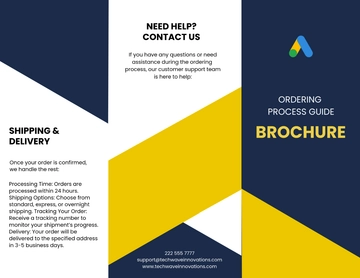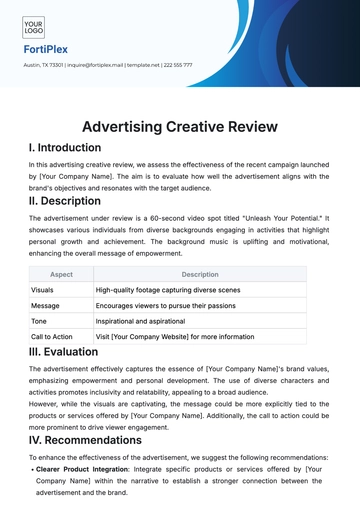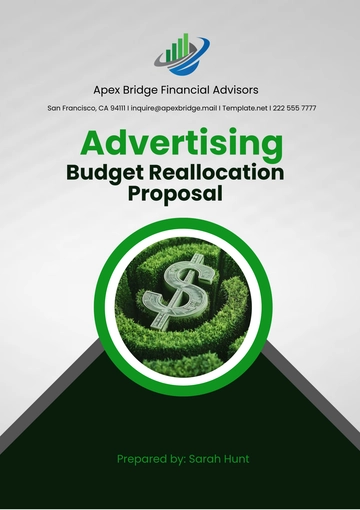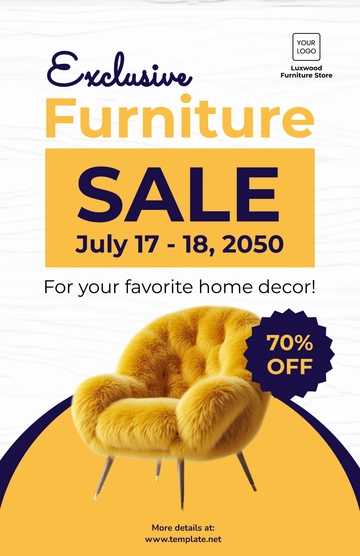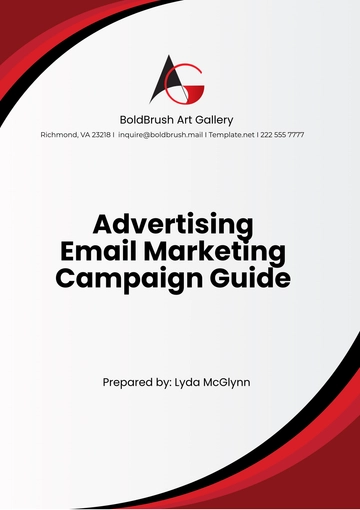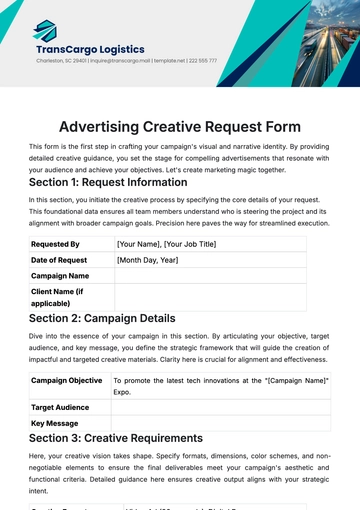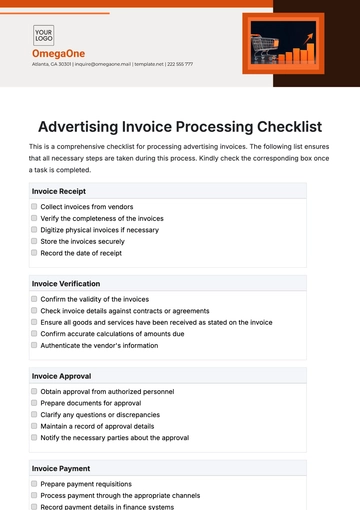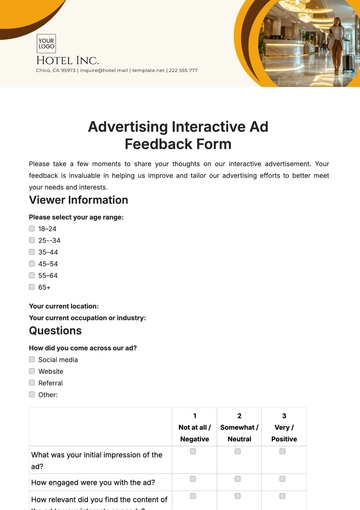Free Advertising SEM Campaign Strategy Outline
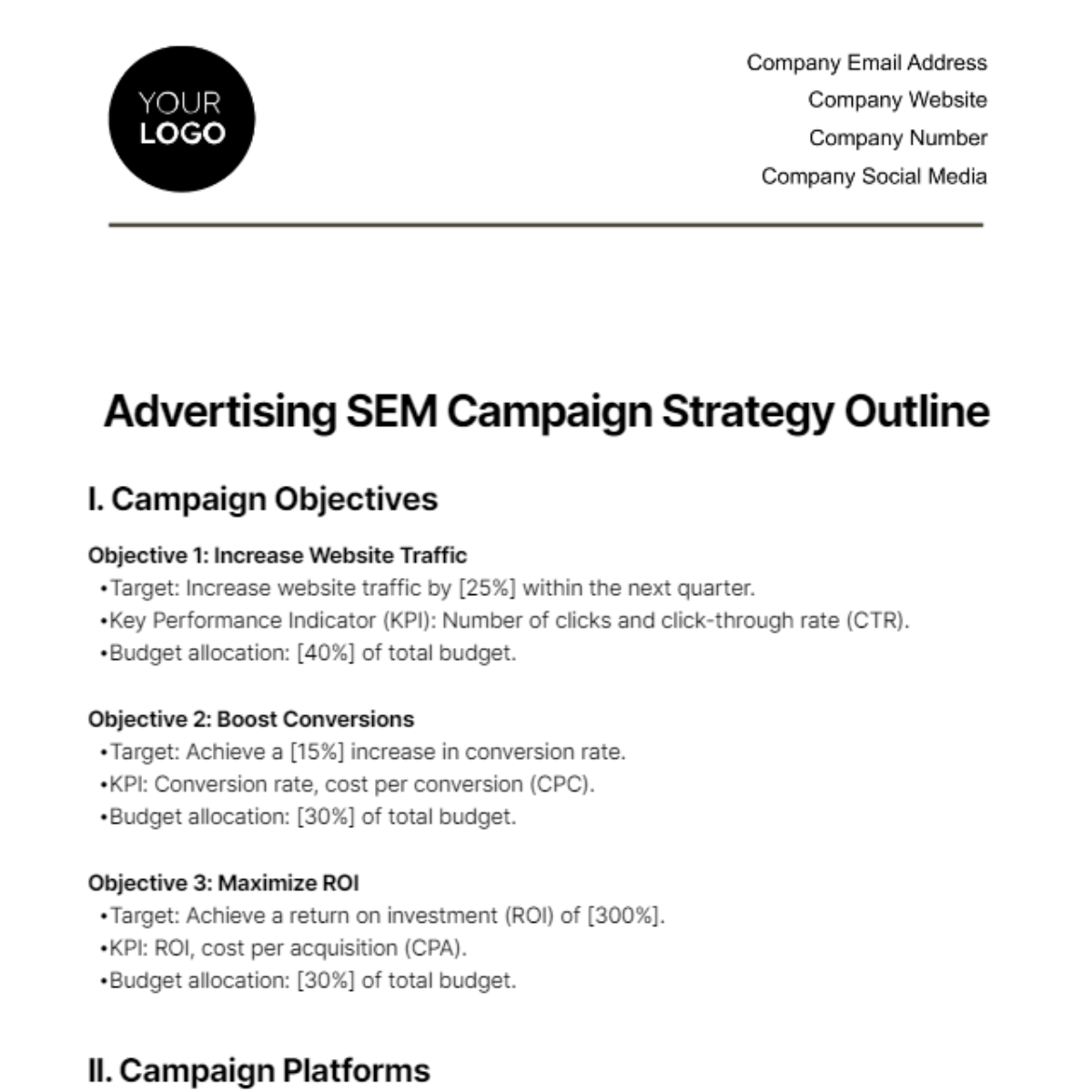
I. Campaign Objectives
Objective 1: Increase Website Traffic
Target: Increase website traffic by [25%] within the next quarter.
Key Performance Indicator (KPI): Number of clicks and click-through rate (CTR).
Budget allocation: [40%] of total budget.
Objective 2: Boost Conversions
Target: Achieve a [15%] increase in conversion rate.
KPI: Conversion rate, cost per conversion (CPC).
Budget allocation: [30%] of total budget.
Objective 3: Maximize ROI
Target: Achieve a return on investment (ROI) of [300%].
KPI: ROI, cost per acquisition (CPA).
Budget allocation: [30%] of total budget.
II. Campaign Platforms
Platform | Description | Budget Allocation |
Google Ads | Search and Display campaigns | 60% |
Bing Ads | Alternative search engine | |
Facebook Ads | Targeted social media ads |
III. Keyword Research
Identify relevant keywords and phrases for each platform.
Conduct competitive analysis to find gaps and opportunities.
Group keywords into ad groups for better organization and relevancy.
IV. Ad Copy and Creative
Create compelling ad copy tailored to each platform.
Develop responsive and eye-catching ad creatives.
A/B test ad variations to optimize for click-through and conversion rates.
V. Landing Page Optimization
Ensure landing pages are relevant to the ad copy and keywords.
Optimize landing pages for speed, mobile-friendliness, and user experience.
Implement clear calls to action (CTAs) and lead capture forms.
VI. Budget Allocation
Allocate budget based on campaign objectives and platform performance.
Regularly monitor and adjust budget distribution as needed.
Consider seasonality and peak periods for budget adjustments.
VII. Ad Scheduling
Set specific days and times for ad campaigns to run.
Adjust scheduling based on historical performance and audience behavior.
Maximize exposure during peak hours or days.
VIII. Bid Management
Use automated bidding strategies to optimize for objectives.
Adjust bids based on keyword performance and competition.
Implement bid adjustments for location, device, and audience targeting.
IX. Tracking and Analytics
Implement conversion tracking and analytics tools (e.g., Google Analytics).
Monitor campaign performance in real time.
Generate regular reports to assess progress and make data-driven decisions.
X. Optimization and Testing
Continuously monitor and analyze campaign performance.
Conduct A/B testing for ad copy, keywords, and landing pages.
Make data-driven optimizations to improve ROI and achieve objectives.
XI. Performance Review and Reporting
Conduct weekly and monthly performance reviews.
Prepare comprehensive reports showcasing key KPIs and insights.
Share findings and recommendations with stakeholders.
XII. Scaling and Expansion
Explore opportunities to expand to new platforms or regions.
Gradually increase the budget based on positive ROI results.
Keep up with industry trends and adjust strategy accordingly.
XIII. Risk Mitigation
Implement a contingency plan for unforeseen issues.
Monitor for click fraud and take necessary actions.
Stay informed about changes in search engine algorithms and policies.
XIV. Compliance and Legal Considerations
Ensure ad campaigns comply with relevant regulations and policies.
Keep records of ad content and targeting parameters for auditing purposes.
- 100% Customizable, free editor
- Access 1 Million+ Templates, photo’s & graphics
- Download or share as a template
- Click and replace photos, graphics, text, backgrounds
- Resize, crop, AI write & more
- Access advanced editor
Unleash higher business growth with Template.net’s Advertising SEM Campaign Strategy Outline Template. This editable, customizable tool facilitates systematic planning for successful campaigns. Editable in our Ai Editor Tool, it empowers you to implement strategic initiatives with precision. Choose our template to streamline your marketing operations and witness your business soaring to new heights.

